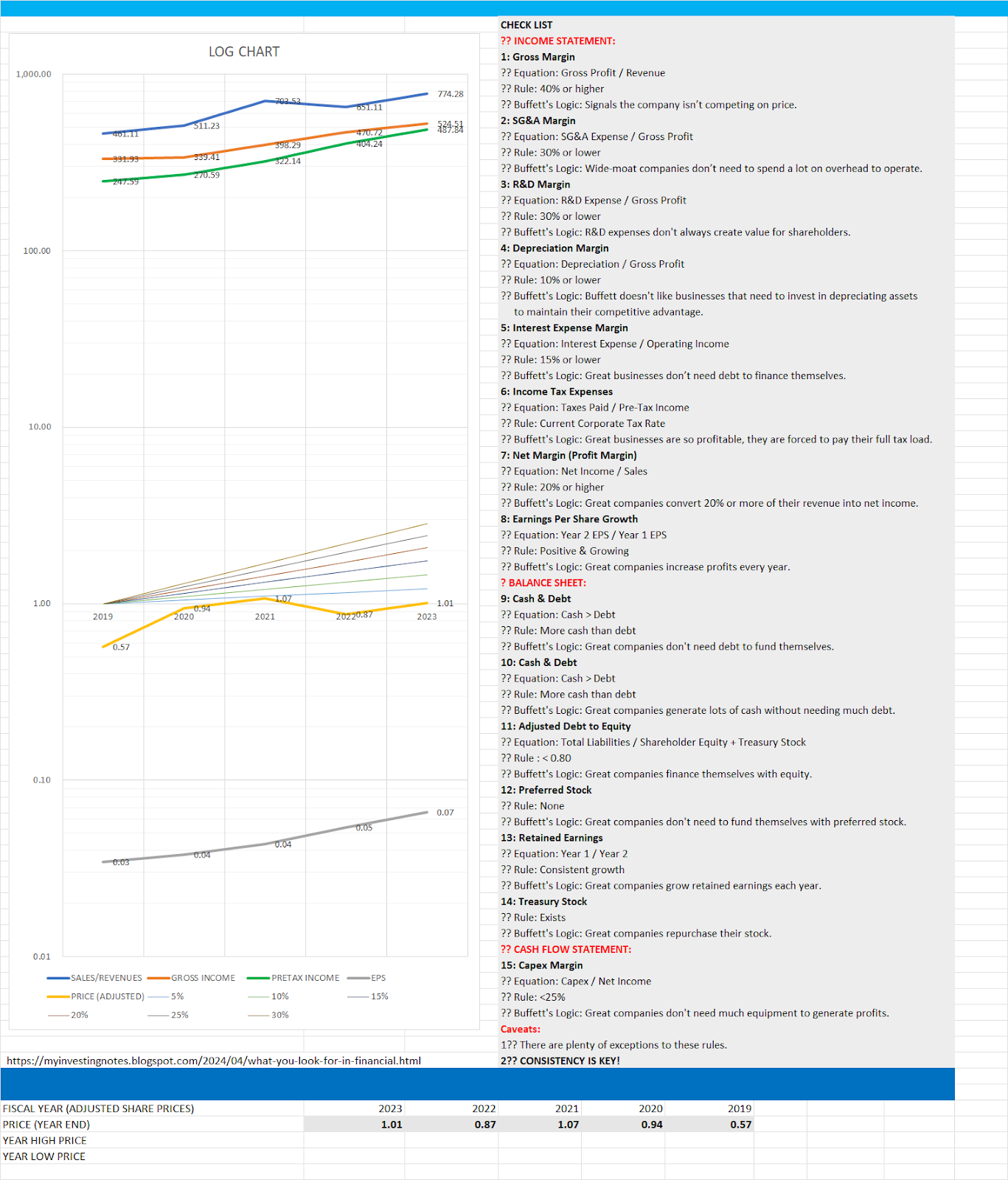This approach is very simple.
Take the owner earnings or the cash profit per share and divide it by the current share price to get a cash interest rate (or yield)
Cash interest rate = cash profit per share / share price
Rational
The whole point of owning shares is to get a higher return on your money so that you can grow the value of your savings.
If you are going to get only a small cash interest rate on your shares at the current share price, it could be a sign that the shares are overvalued.
What a low interest rate is telling you is that cash profits are going to have to grow a lot in the future to allow you to get a decent return from owning the shares.
Investing is all about interest rates.
To make money you should aim to try and get the highest rate of interest on your investments as you can without taking lots of unnecessary risks.
Only you can decide what rate of interest is high enough.
EXAMPLE of using cash yield or interest rate method to value share
Let's say that you want to get a 10% cash flow return on buying shares in Company X where the cash profit per share is 11.6 sen. At its present share price of $3.20, you are currently getting a cash yield or interest rate of 3.6%. You need to work out what annual rate of growth over what length of time would be needed to get to 10%. (Best way is to set up a spreadsheet and play around with some growth scenarios.)
Assuming a 10% annual cash profit growth:
In year 3, the cash profit per share is 15.4 sen, giving a cash yield of 4.8%.
In year 10, the cash profit per share is 30.1 sen, giving a cash yield of 9.4%.
Scenarios analysis
This kind of exercise can teach a great deal about what a $3.20 share price for Company X says for the company's future cash profits. A lot of future growth is already baked into the share price. It takes a reasonably long time with a reasonably high growth rate to get a reasonable cash yield on buying the shares at $3.20.
Profits are going to have to grow faster than 10% per year to get to an acceptable cash yield in a shorter time. Even if you wanted a 7% return, you would have to wait seven years at a 10% growth rate. That is a long time to wait.
What if growth is a lot lower than 10% or even if profits fall? The chances are that Company X's share price would fall, which means you could end up losing money.
What does a low cash yield means?
It means that you are paying for growth in advance of it happening.
It will take years of high growth in cash profits to get a reasonable return on your $3.20 buying price.
This is one of the most risky things that you can face as an investor.
You can protect yourself by insisting on a higher starting interest rate when buying shares in the first place.
Look for an interest rate of at least 5% and even then, you have to be very confident that growth would be high for many years in the future.
How to set your buying price for a 5% or 8% initial cash yield?
Take the cash profit per share and divide it by 5% or 0.05. For Company X with a cash yield of 11.6 sen, this gives:
11.6 sen/ 0.05 = $2.32
Even more cautious, and wanted a starting yield of 8%, then your buying price would be
11.6 sen/ 0.08 = $1.45
These results of $2.32 and $1.45 make Company X share looks well overpriced at $3.20


































